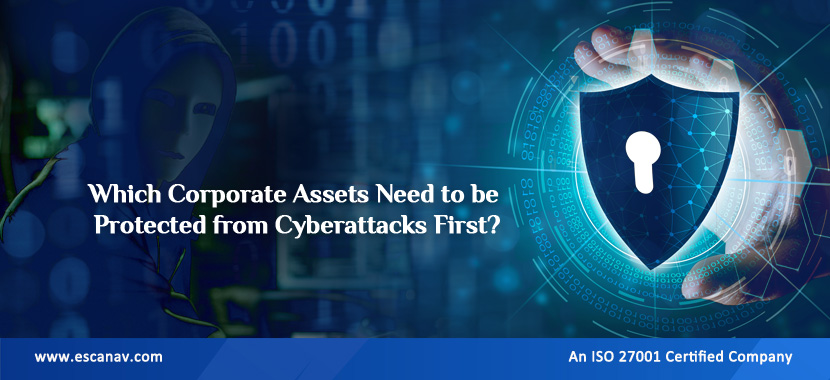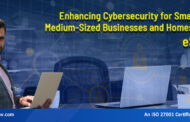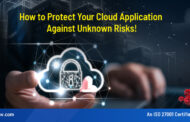Which corporate assets need to be protected from cyberattacks first?
There is no doubt that it won’t be enjoyable if outsiders manage to enter your network. However, by anticipating which assets a hacker would be most interested in and then strengthening their security, you can reduce the potential damage of such a breach. What you should concentrate on is listed below:
1. Personal data
Cybercriminals are particularly interested in this kind of information. First, the use of personal information for extortion (whether it be from customers or employees) is very powerful. Publication of such information may result in issues with regulators in addition to reputational damage and lawsuits from victims (who in regions with strict laws on PII processing and storage can impose heavy fines). Second, there is a sizable dark web market for personal data, which enables hackers to try to make money off of it there. It is recommended that personal data is stored encrypted, and accessed only by those who really need it and that the amount of information collected should be kept as low as possible in order to minimize the chances of it falling into the wrong hands.
2. Finance apps
On devices with electronic payment systems and other financial applications installed, a whole class of malware is used to prey. These provide direct access to corporate funds, so changing the transaction beneficiary just once could have disastrous results. This kind of software is now increasingly used on mobile devices, especially at small businesses.
Use of financial applications on devices without reliable security solutions should be prohibited to prevent monetary losses.
3. Account credentials
A single business device is not a particularly interesting target for a typical attacker. Since this enables them to expand the attack and gain access again if the initial attempt is detected and blocked, they often search for various credentials for network resources, corporate services, or remote access tools when they compromise one. The control panel of the corporate website, the target company’s work email and social media accounts, and other areas of interest could all be used to attack the initial victim’s coworkers as well as clients and partners. First, any device that employees use to access corporate services or resources should be protected against malware. Second, employees should be reminded frequently about how to store passwords properly (and, if possible, providing them with the necessary application).
4. Data backup
If an attacker gains access to a company’s network, it might take them some time before they discover something to exploit, but the longer they persist, the higher the likelihood that they will be discovered and stopped. Therefore, avoid making their job simpler by leaving a folder called “Backup” in a prominent location. After all, backups typically contain the data that a company is most concerned about losing and, as a result, the data that cybercriminals are most interested in stealing.
Backups should be kept on media that is not connected to the main network of the company or in specialised cloud services. This also provides additional data protection against ransomware attacks.
5. Software compilation environment
Sure, this advice is not one-size-fits-all: Not every company creates software. On the other hand, there are many small businesses and startups that create applications. If your company is one of them, we recommend that you pay special attention to protecting the compilation environment. You don’t have to be a large corporation to be targeted these days. It is sufficient to create an application that is used by large corporations or simply popular applications. Cybercriminals may try to infiltrate your development environment and use you as a link in an attack through the supply chain. And the methods they use in such attacks can be quite inventive.
Develop your development environment protection strategy in advance and incorporate performance-neutral special security tools into the process.







